
A recent study published in Science Advances has unveiled a “hidden, supercharged thermostat” within Earth’s climate system. This mechanism, primarily driven by enhanced silicate rock weathering, could potentially cause the planet to overcorrect for human-induced global warming, leading to rapid cooling and possibly new ice ages. Led by Julia T. Wilcots from the University of Chicago, the research suggests that this process, intensified by biological and geochemical factors, might overshoot temperature stabilization after CO2 levels peak. The study’s simulations of past and future scenarios indicate that the thermostat’s intensity has increased over Earth’s history, raising concerns about abrupt climate shifts (Live Science).
Earth’s Natural Climate Thermostat Explained
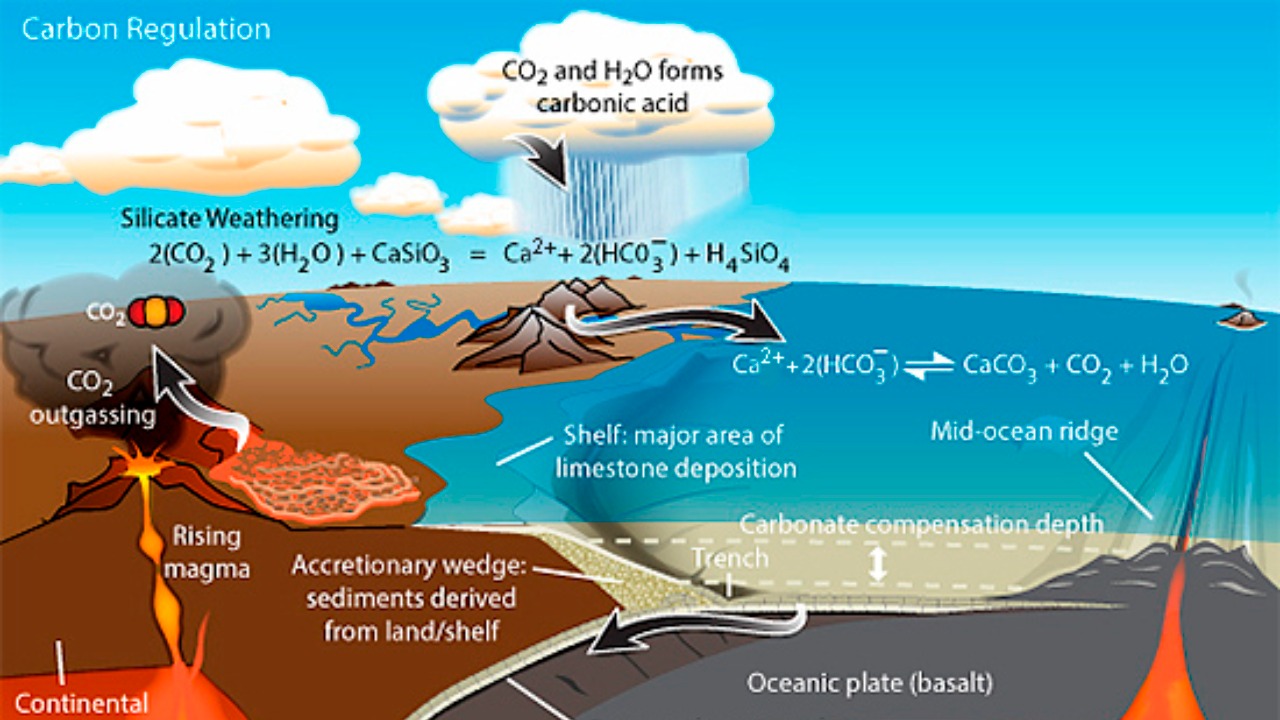
The silicate weathering process acts as a natural feedback loop, removing CO2 from the atmosphere when temperatures rise. Historically, this mechanism has stabilized Earth’s climate over millions of years. For instance, during the Paleocene-Eocene Thermal Maximum around 56 million years ago, silicate weathering played a crucial role in recovering from extreme warming. This natural process has been a key factor in maintaining Earth’s climate equilibrium over geological timescales (Live Science).
In modern times, several factors have “supercharged” this thermostat, making it more responsive. Faster erosion due to mountain uplift and increased microbial activity on rocks have accelerated the weathering process, potentially leading to excessive CO2 drawdown beyond equilibrium levels. This heightened responsiveness could result in significant climate shifts, as the system may overcorrect for current warming trends (Live Science).
Ocean chemistry also plays a vital role in amplifying this effect. Increased alkalinity from weathering processes binds more CO2 into stable minerals. Model simulations suggest that this could cool Earth by up to 5–10°C in the centuries following a warming peak, highlighting the potential for significant climate impacts if the thermostat’s effects are not carefully managed (Live Science).
Evidence from Geological Records
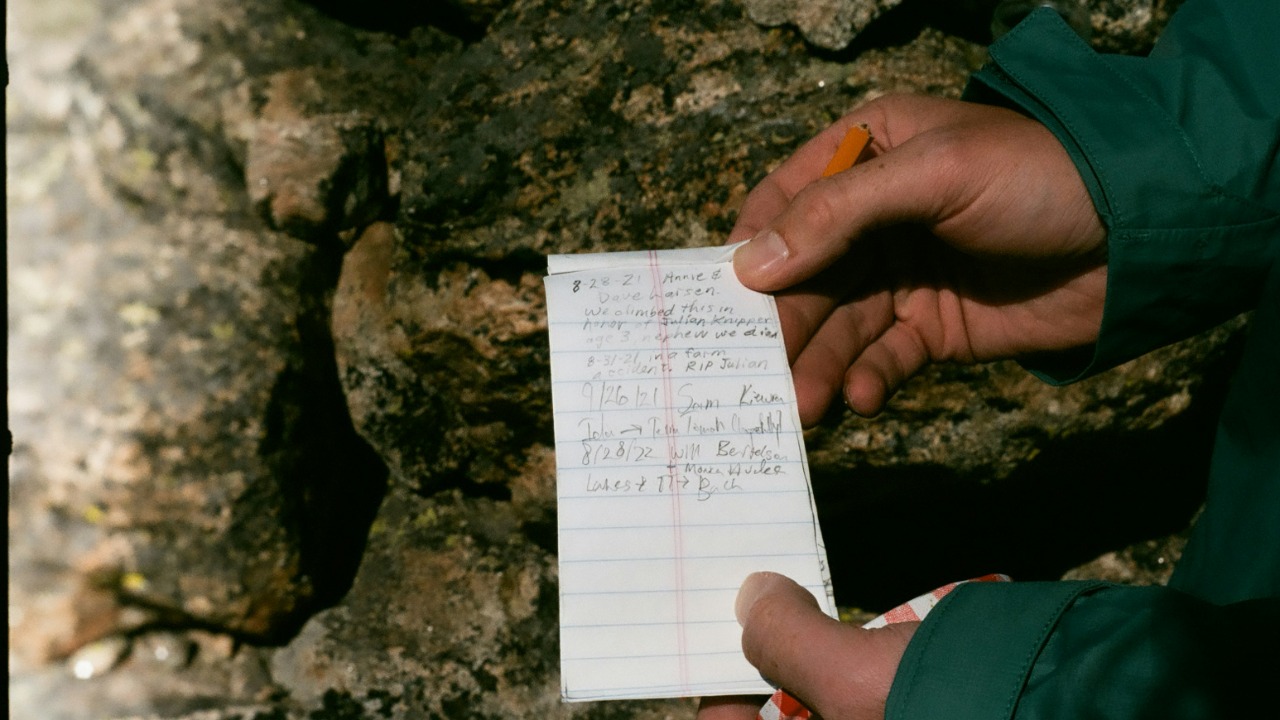
Geological records provide evidence of past climate overcorrections. Proxy data from ocean sediments and ice cores indicate that rapid climate shifts have occurred, such as the onset of the Quaternary Ice Age around 2.6 million years ago. This period followed Miocene warming and was marked by increased silicate weathering rates due to tectonic changes in regions like the Himalayas. These historical examples underscore the potential for abrupt climate transitions driven by natural processes (Live Science).
During the Eocene-Oligocene transition about 34 million years ago, enhanced weathering contributed to a global cooling of 4–6°C. During this period, atmospheric CO2 levels dropped from 1,000 ppm to below 600 ppm in less than a million years. These findings highlight the significant impact that natural weathering processes can have on global climate, providing a historical context for understanding current and future climate dynamics (Live Science).
Modeling the Supercharged Mechanism
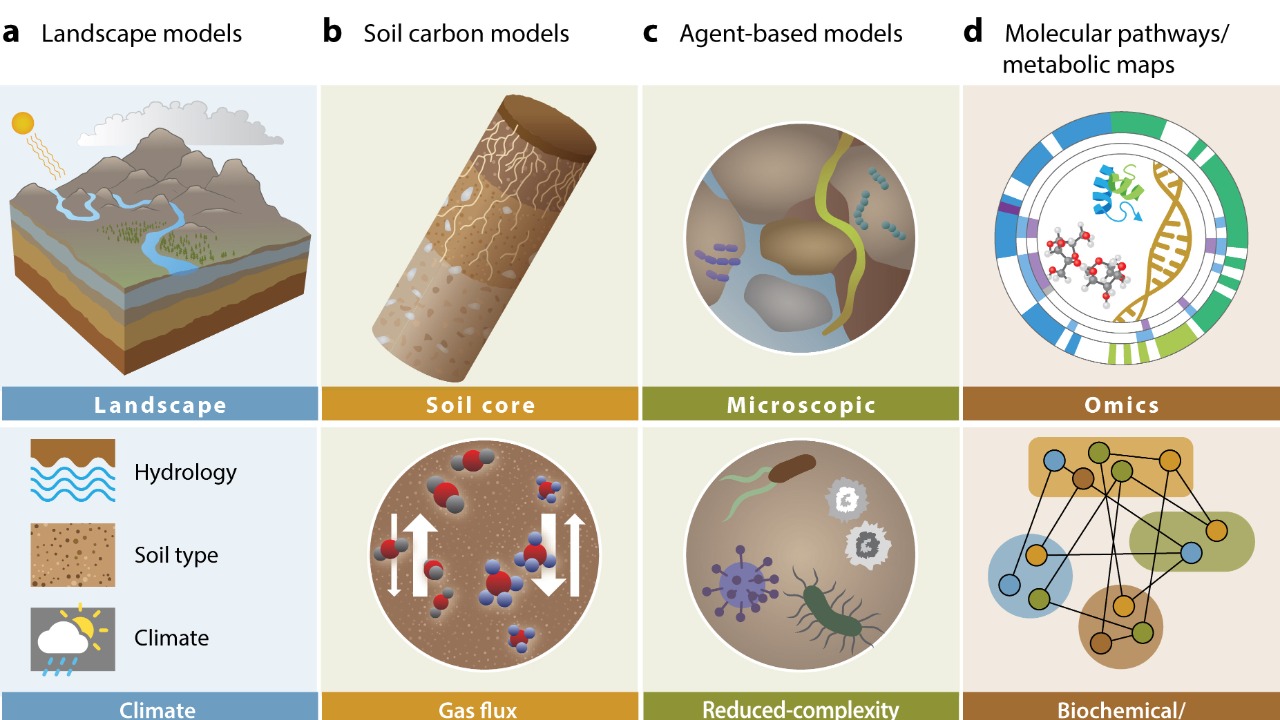
The study published in Science Advances on October 10, 2024, utilized computational models to explore the supercharged mechanism of Earth’s climate thermostat. These models integrated global weathering rates, plate tectonics, and biosphere evolution to simulate scenarios where the feedback strength of the thermostat has doubled since the Cretaceous period. This modeling approach provides insights into how these processes might unfold in the future, offering a framework for understanding potential climate outcomes (Live Science).
Biological factors also play a crucial role in accelerating weathering processes. Fungi and bacteria on land surfaces can increase rock dissolution by 10–50 times compared to abiotic rates. This biological acceleration is supported by lab experiments and field data from tropical rainforests, emphasizing the importance of considering biological contributions in climate models (Live Science).
Tectonic influences, such as uplift in the Andes and Tibetan Plateau over the last 50 million years, have exposed fresh silicate rocks to weathering. This exposure has raised global weathering rates by an estimated 20–30%, according to the study’s geospatial analysis. These tectonic changes highlight the interconnectedness of geological and climatic processes and their potential to drive significant climate shifts (Live Science).
Implications for Current Climate Change
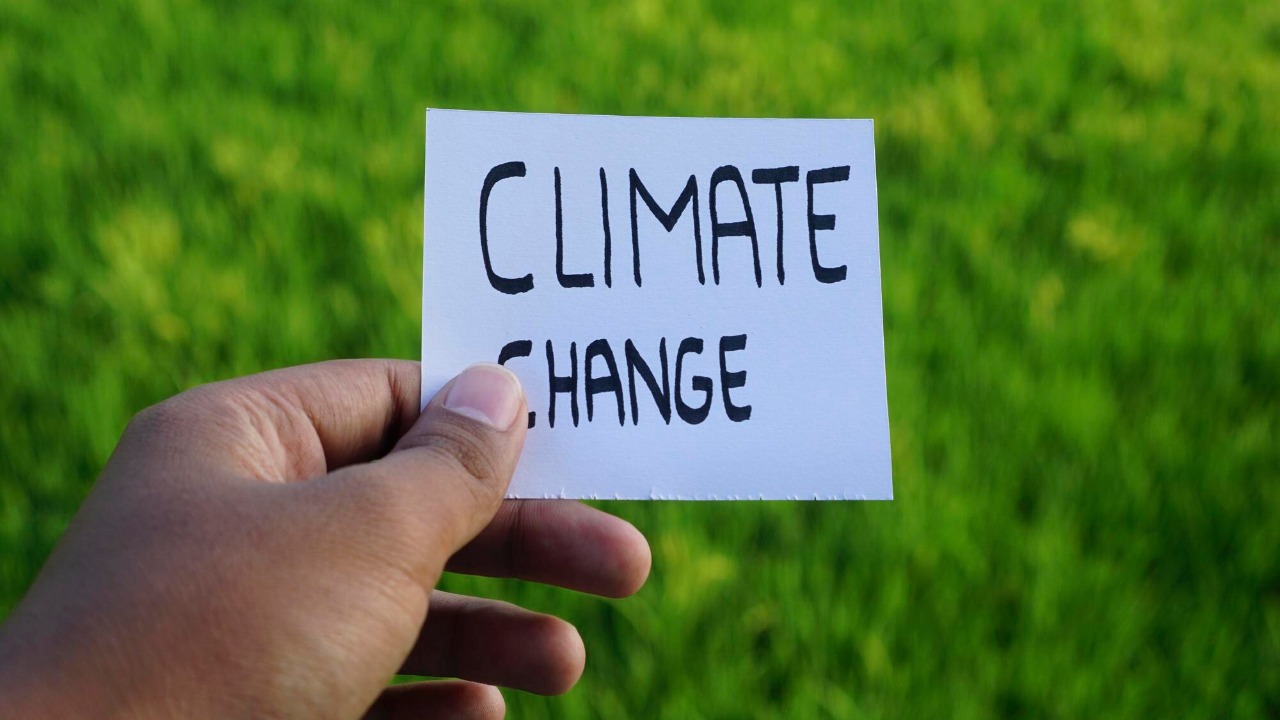
The study’s findings have significant implications for current climate change projections. If CO2 emissions peak at 1,000 ppm by 2100, the supercharged thermostat could initiate cooling within 1,000–10,000 years. This cooling could potentially drop temperatures by 3–7°C, disrupting ecosystems that have adapted to warming conditions. Such abrupt climate changes could have profound impacts on biodiversity and ecosystem stability (Live Science).
Human societies could also face significant challenges due to these climate shifts. Agricultural systems in mid-latitudes may collapse due to sudden frost events, and sea level fluctuations could pose risks to coastal communities. The study warns that current IPCC models may underestimate long-term feedbacks, highlighting the need for more comprehensive climate projections that account for these natural processes (Live Science).
Expert Perspectives and Future Research
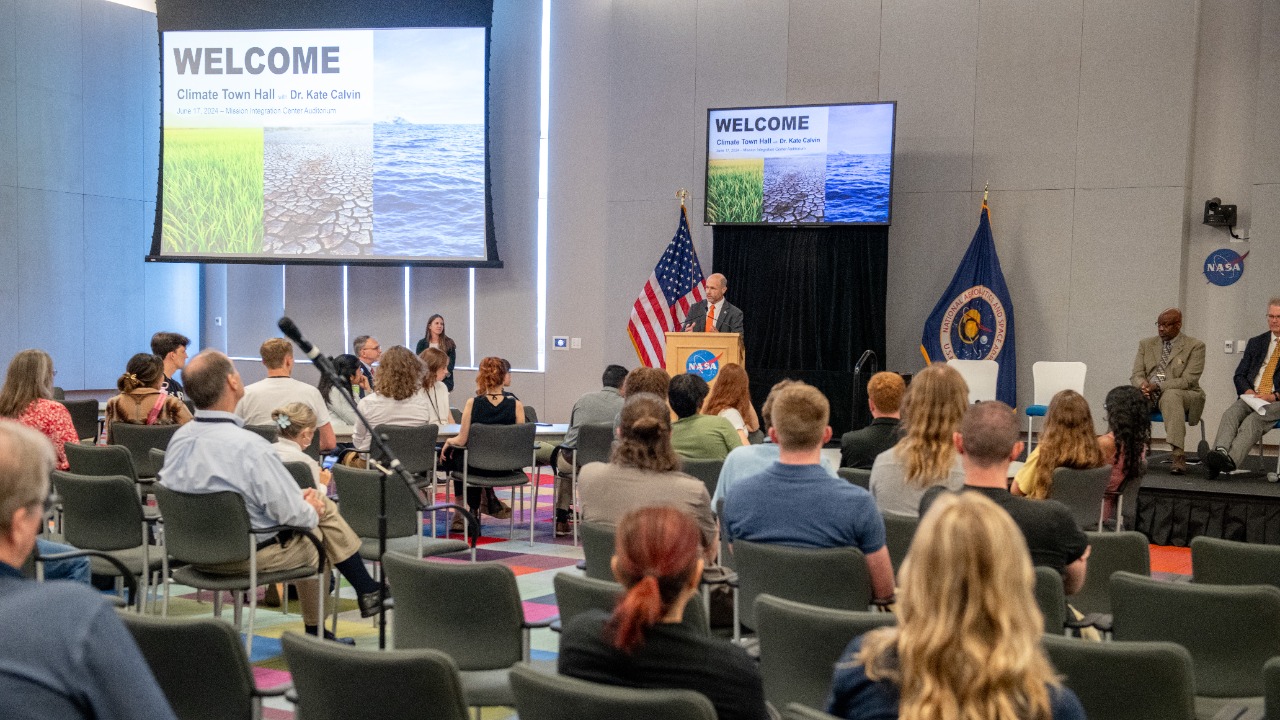
Julia T. Wilcots, the study’s lead author, emphasized the potential for the Earth’s thermostat to overreact, stating, “This thermostat isn’t just keeping the peace—it’s overreacting, and that could flip the climate from hot to cold in ways we haven’t seen.” Her statement underscores the importance of refining Earth system models to better predict future climate scenarios (Live Science).
Co-author Tobias Friedrich calls for interdisciplinary studies that combine geology, biology, and climate modeling to quantify microbial weathering contributions. Proposed field sites in Southeast Asia’s weathering hotspots could provide valuable data to enhance our understanding of these processes. Such research efforts are crucial for developing more accurate climate models and informing policy decisions aimed at mitigating climate change impacts (Live Science).